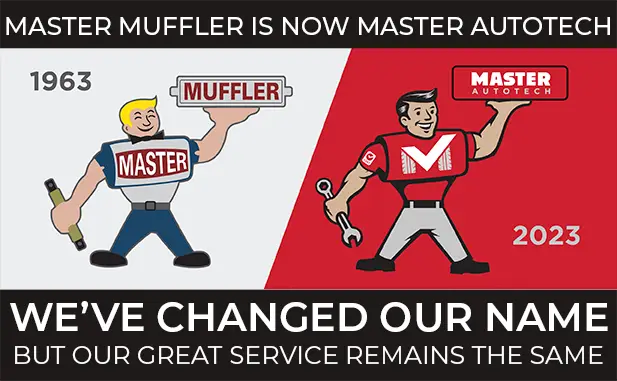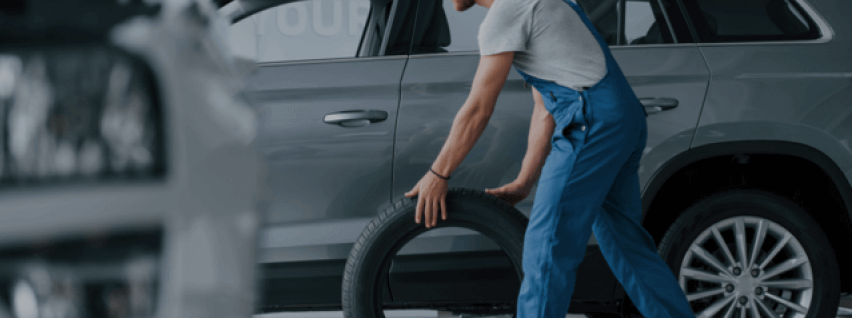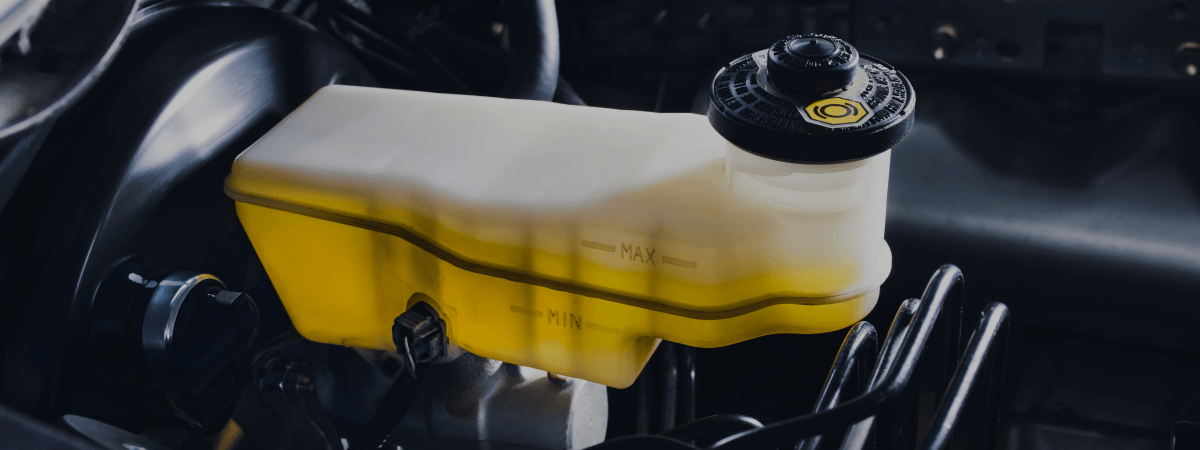
You may be familiar with manual versus automatic transmissions but, beyond that, what do you know about the transmission of your car? Let our Orem car repair professionals give you some basics regarding the transmission system.
Your car’s engine houses the power, and the transmission is what carries the power from the engine to the wheels. Here’s how it accomplishes the task.
What a Transmission Does
When your car is in motion, the transmission moves engine power to the driveshafts, which turn the wheels. When your car is in park or idling, the transmission disconnects the engine from the drive wheels so your car can remain stationary while still being on. A properly working transmission is also responsible for allowing the car to accelerate and decelerate smoothly.
How a Manual Transmission Works
Manual transmissions require more involvement on the driver’s part. In addition to a gas and a brake pedal, a manual car also has a clutch pedal. To change gears and optimize the car’s use of fuel, the driver will push in the clutch and manually shift gears with the stick shift.
Although a car’s transmission is meant to allow for smooth gear shifting, a manual can take some finesse. With practice, the driver will learn to push in and release the clutch efficiently to allow the car to operate properly.
Types of Manual Transmissions
All cars and trucks vary by make and model, but here are the types of manual transmissions in gas-powered vehicles:
- Dual Clutch – One clutch for even gears, and a separate clutch for odd gears and reverse.
- Unsynchronized or Sliding Gear – Common in older cars, shifting gears would be accompanied by an audible grinding sound.
- Synchronized or Constant Mesh – This type of transmission keeps all the gears constantly in motion. The constant-mesh transmission uses pads to help slow the gears.
- Automated – Large trucks use a computer system to assist with controlling the shift and clutch in a manual transmission.
- Single Clutch – Another system that uses a computer to control shift and clutch. This can be electric, hydraulic, or an electrohydraulic hybrid. Not as popular with the introduction of dual-clutches.
- Preselector – An outdated manual transmission that used a vacuum or hydraulic shift, with the gears shifting in sequential order.
Today, the most common types of manual transmissions found in cars today are synchronized/constant mesh and unsynchronized/sliding gear. Outside the United States, manual cars are much more popular due to their affordability, fuel economy, and size.
How an Automatic Transmission Works
Rather than relying on the driver to shift gears, an automatic transmission processes gear shifts itself. A torque converter does the work of a manual clutch pedal, allowing the engine power to be processed in the transmission itself.
Types of Automatic Transmissions
Large vehicles have different automatic transmission systems than smaller vehicles. SUVs, trucks, and even some sedans have a traditional automatic transmission system, including the following elements:
- Direct Shift Gearbox (DSG) – Contains two clutches that alternate change gears.
- Tiptronic – The gearbox that allows for manual shifting of gears with a shifter or steering wheel controls.
- Hydraulic – The fluid inside the automatic transmission.
Hybrid cars, compact cars, and small recreational vehicles have a continuously variable transmission (CVT), which is pulley-based.
For Orem car repair, you can trust the experts at Orem Tunex. We service diesel, hybrid, electric, and gas-powered vehicles.
Related Posts
Key Takeaways On average, passenger vehicle tires last 40,000 to 60,000 miles, depending on type, driving habits, and maintenance. Replace tires when tread depth reaches 2/32”, if damaged, or older than 10 years. Regular rotation, alignment, and proper inflation extend tire life. Aggressive driving, poor roads, and harsh weather shorten tire lifespan. Take advantage [...]
When you think about car maintenance, you probably focus on oil changes, tire rotations, and maybe even brake pad replacement. But what about your brake fluid? If you’ve ever wondered, “What does brake fluid do?” or “Why is brake fluid important?”, you’re not alone. Brake fluid might not be the most talked-about part of [...]
Is that high-pitched squeal from your brakes driving you—and everyone else—crazy? Don’t ignore it. Squeaky brakes aren’t just annoying, they’re your car’s way of saying something needs attention. Whether you're cruising through Salt Lake City or winding up Idaho’s mountain passes, here’s what’s likely going on, how you can fix it, and when it [...]





